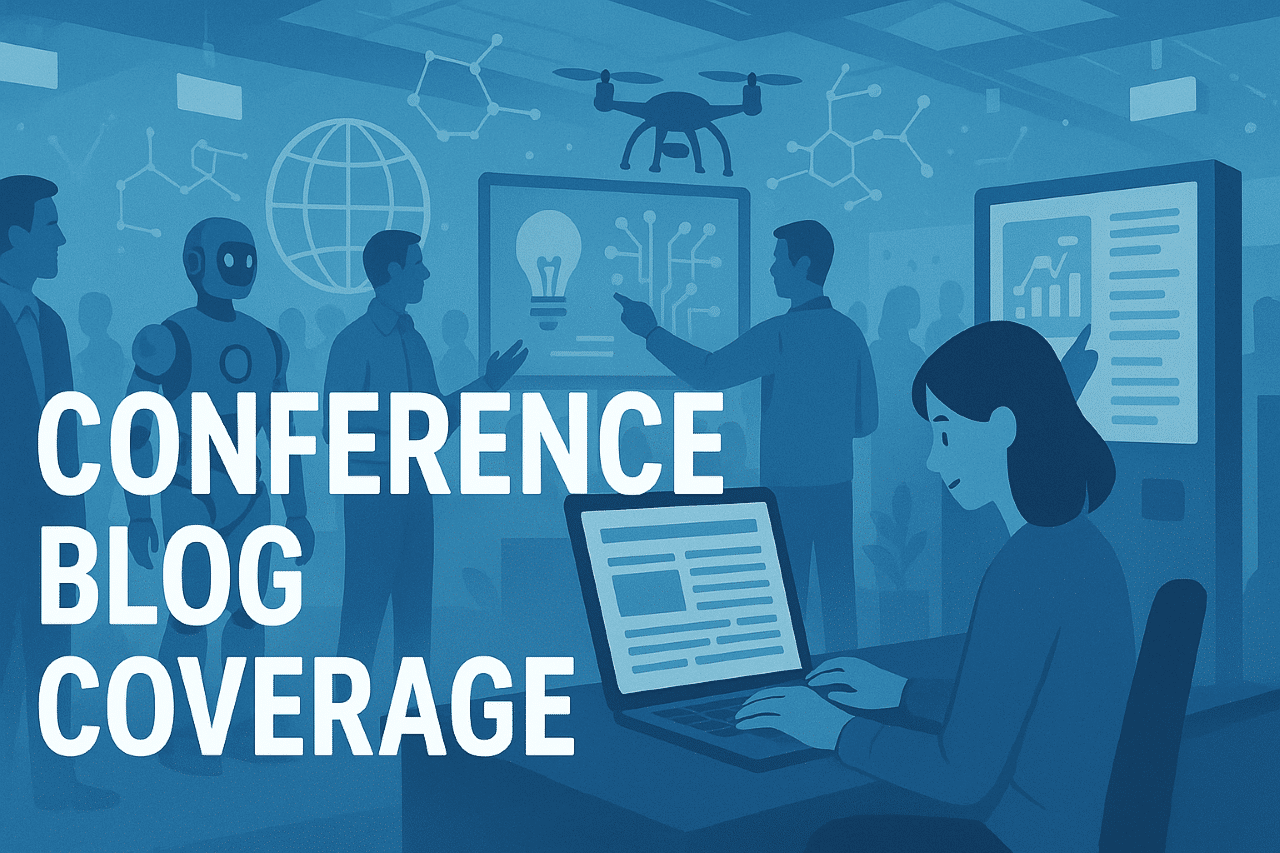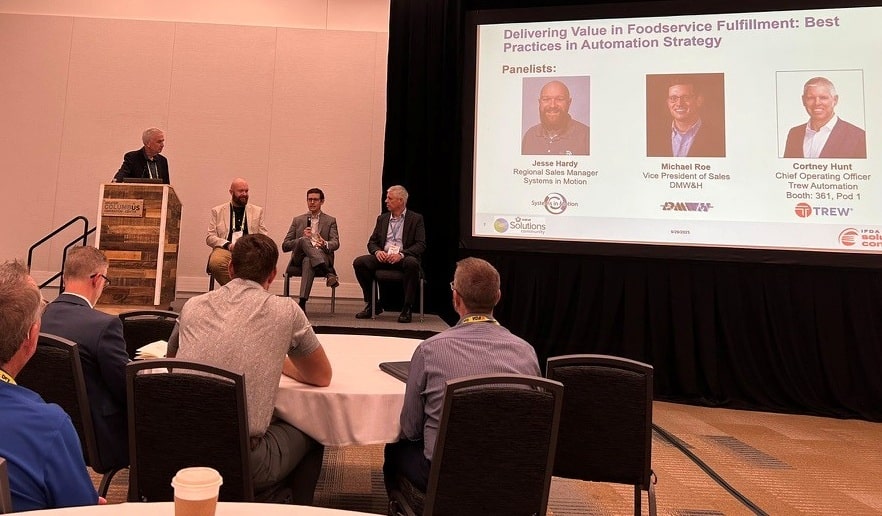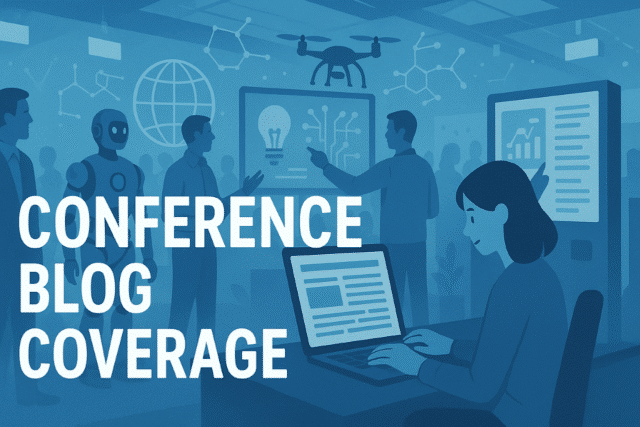Eyeing Winning Approaches for Automation Strategy

Automation is known for accelerating distributor performance, but success isn’t automatic. It requires strategy built on best practices, discipline and strong partners.

These factors are especially important at a time when many organizations are weighing automation approaches for improving speed, flexibility and accuracy in facilities, according to a panel of experts in an education session at the 2025 IFDA Solutions Conference, held in Columbus, Ohio.
“There’s no one-size-fits-all for automation projects,” said panel moderator Gary Master, President and CEO, Agile Business Media. “We talk about solutions but not always about the process itself. That’s why it’s important to really think through the next things you want to do as a company to get better at what you do.”
Panelists offered automation do’s and don’ts related to aspects such as choice of technology, internal communications requirements, project complexity and partnership imperatives. They observed that while automation may involve innovation, it should focus on proven benefits for organizations.
“If innovation means doing something bleeding edge that nobody’s ever done before, then I’d say that I don’t like to bleed,” said Cortney Hunt, Chief Operating Officer at Trew Automation, who formerly served in senior leadership roles at McLane Company. “Innovation should be more about what can we do that is new and different for a facility, and hopefully something that is tried and true and proven.”
The panel was hosted by MHI’s Solutions Community. Following are key points about automation made by the panelists.
Data Needs to Drive Design: Distributors should leverage data in making decisions about design, said Michael Roe, Vice President of Sales, DMW&H. “We spend the most time on data at the front end of a process and then other things fall into place,” he explained. “It will never be one hundred percent accurate because projections are guesses. But you don’t want to put together a huge material handling solution on a guess. Make sure it’s an educated guess.”
Plan in Phases: It’s helpful to develop a long-term plan and then divide that into phases, said Jesse Hardy, Regional Sales Manager, Systems in Motion.From an implementation standpoint, “we like to take a crawl-walk-run approach,” he explained. That involves identifying a five or 10-year plan from the data, ROI and the business case. “We like to get you along that journey without having you bite off too much at any one point.”
Keep it Simple: Avoiding too much complexity is usually a smart move, said Hunt. “Don’t put four technologies into a building when you can do with two. It will be easier to expand it later if you plan for it at the beginning.”
Ace Change Management: Panelists emphasized the importance of communicating widely across organizations after putting in a new system. This requires identifying all people who may be impacted by the technology. “Getting the relevant folks involved is not an optional step,” emphasized Hardy.
Get the Software Right: Software is a crucial element for success, observed Hunt. “You want the best software you can have, as that’s where your team will touch the system all day long.” Added Roe, “A lot of times in working with partners, they focus on the mechanical portion of a system, but software is the unsung hero.”
Ask Partners Hard Questions: Automation projects can fail because of poor solutions or poor execution, said Hunt. “It’s a partnership all the way through. On the solution side it’s better to ask the hard questions and know the provider is offering something that will meet your needs. And execution is also a partnership.”
Don’t Chase Shiny Objects: There’s a temptation to read about something new in a trade journal or view something new on YouTube, and then go after the next big thing, said Hunt. “You need to watch out before chasing shiny objects,” he warned.
Article authored by freelance writer David Orgel.
